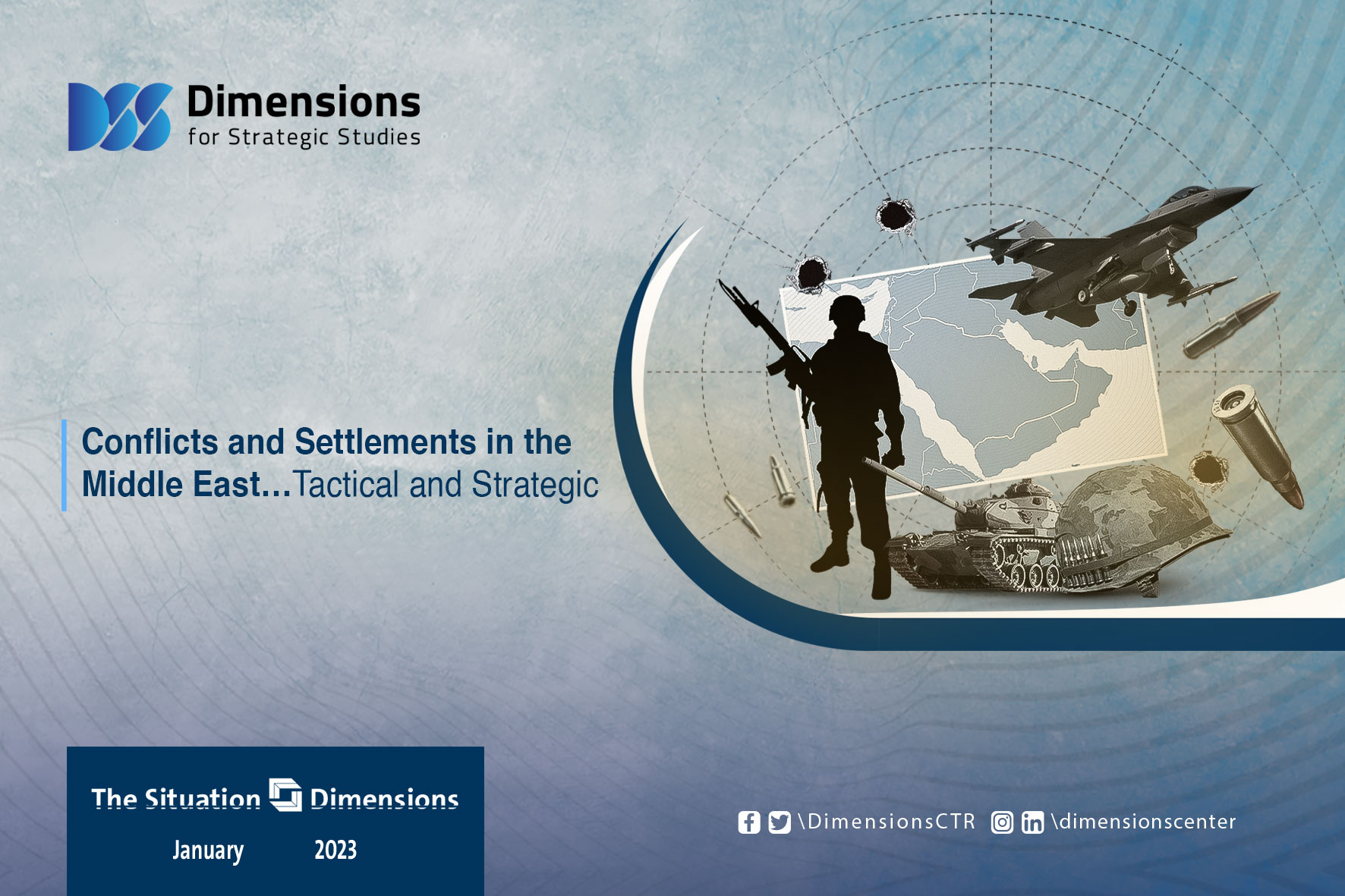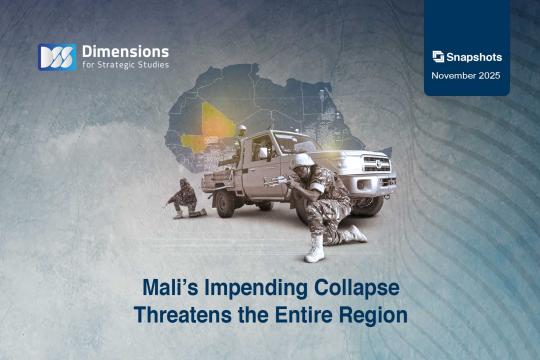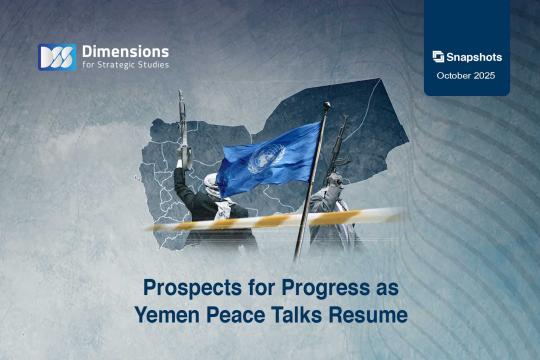
Conflicts and Settlements in the Middle East… Tactical and Strategic
2023-01-091861 view
The ten years from 2011 to 2021 were characterized by high rates of conflict, internal wars, and the destruction of the infrastructure of most Arab countries, starting from Tunisia all the way to Syria, passing through Libya, Egypt and Yemen. To list other confrontations, Sudan, Iraq, Algeria and Lebanon can be included. Although these years witnessed the departure of a number of Arab presidents, who were called "presidents for life", such as Zine El Abidine Ben Ali in Tunisia, Hosni Mubarak in Egypt, Ali Abdullah Saleh in Yemen, and Muammar Gaddafi in Libya, the repercussions were catastrophic for the peoples of these countries at all political, economic,social, security and military levels.
As of mid-2022, no signs of an end to the crises, wars, and conflicts in Libya, Syria, and Yemen have emerged, but they have witnessed a state of stagnation or appeasement, as local, regional, and international actors found themselves unable to achieve their political, economic, and security goals through military means. This realization led to a series of back and forth escalations which in turn triggered attempts at normalization with different goals and motives lying behind the pacification policies adopted by these parties.
There are a number of factors and considerations that could hinder efforts to transform the state of de-escalation and temporary calm in some conflict areas into comprehensive settlements in Iraq, Syria, Libya, Yemen, Sudan and Lebanon, as well as in Egypt. At a distance from these countries; however, there are factors that contribute to this situation: first; the escalation of sectarianism in the region, which supports and feeds many of the conflicts within it, second; the degree to which many of these conflicts have led to internal, regional, and international political, economic, social, and security divisions, whose challenges are difficult to overcome during the next five years, at the very least. .
Indeed, there are many doubts surrounding the measures of normalization and pacification taking place in the countries of the region, and many analysts deal with these measures as tactical rather than strategic shifts to bypass critical stages in the march of some political systems, such as the organization of the 2022 FIFA World Cup, for the State of Qatar, crossing the 2023 elections with regard to the regime of Turkish President Recep Tayyip Erdogan, tolerating the Biden administration with regard to the Emirati and Saudi regimes, and mobilizing capabilities to strengthen efforts in confronting the Russian Federation and the People's Republic of China with regard to the United States of America.
Here, there are many central questions related to these considerations, such as: the nature of Qatari policies after the World Cup, Turkish policies after the elections, Saudi and Emirati policies in the event of Trump's return, as well as the nature of American policies in the region in the post-Ukrainian war?
In this context, it can be said that the Middle East region is witnessing a compulsory pacification process, whose tools and measures were imposed by the United States of America after Biden arrived and assumed power in January 2021; especially, his mobilising efforts to contain Russia and China, and the presence of different goals, interests and motives of the regional parties in their transformations. These developments, however, remain procedural, rather than strategic, in light of the persistence of the factors of conflict and tension that were established by the post-2011 crises and conflicts.





